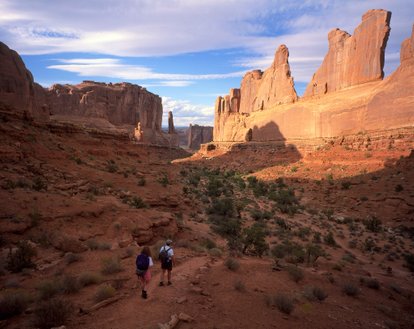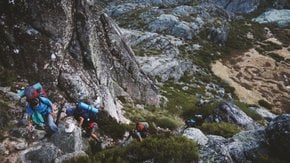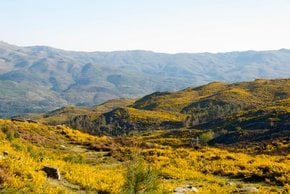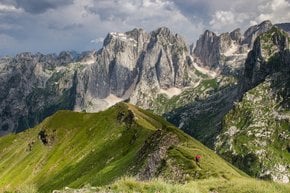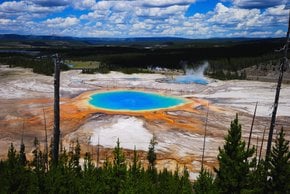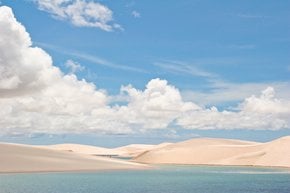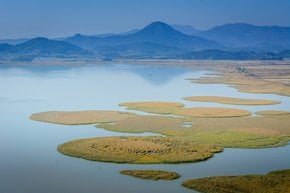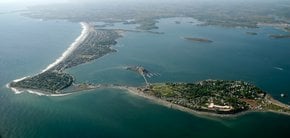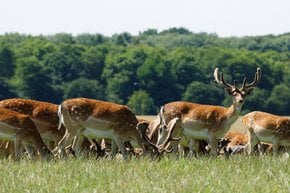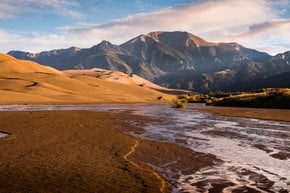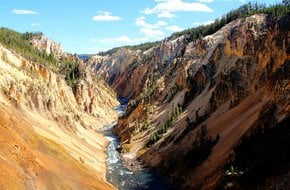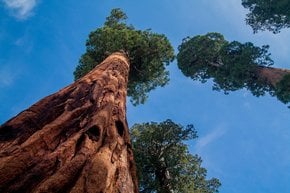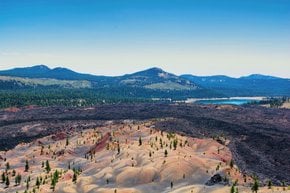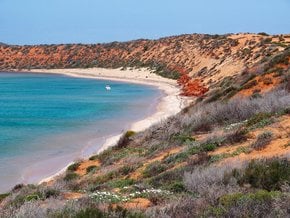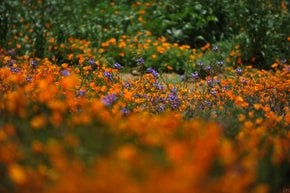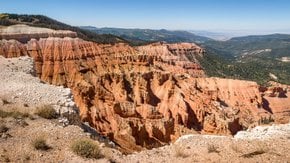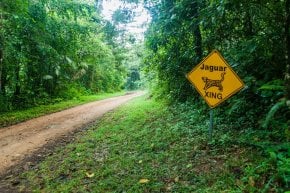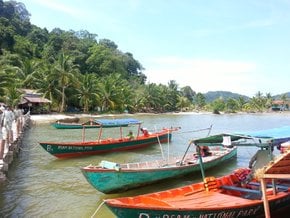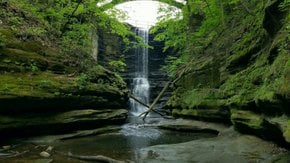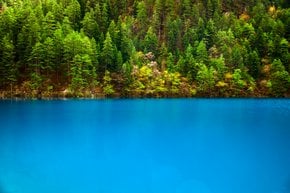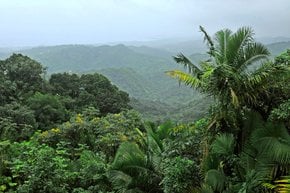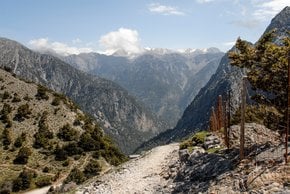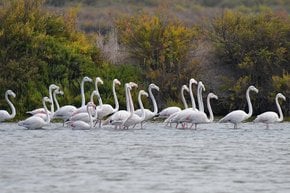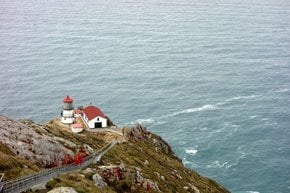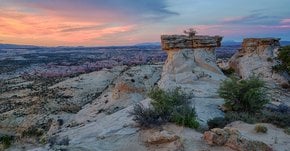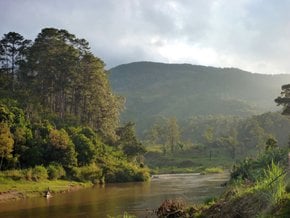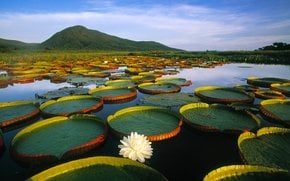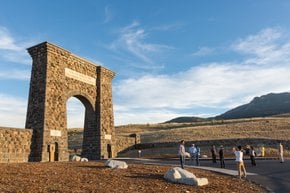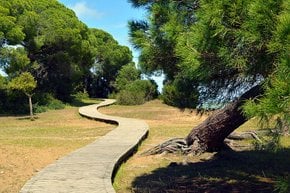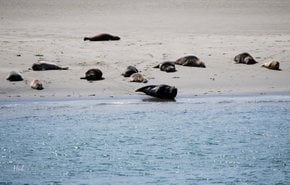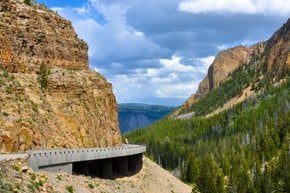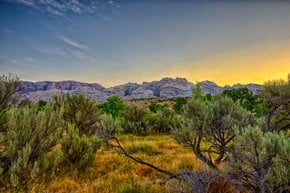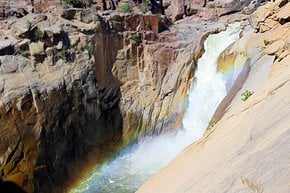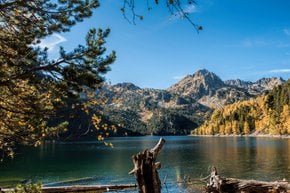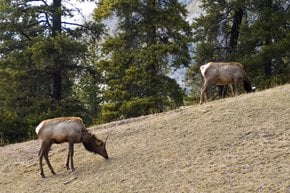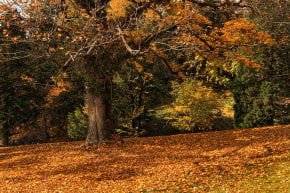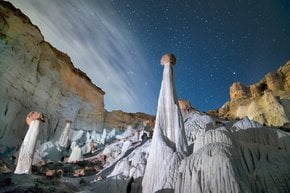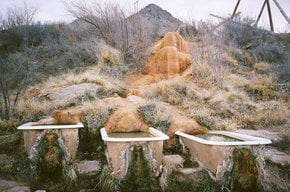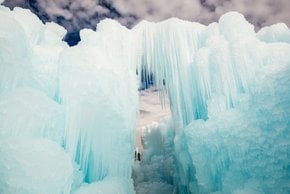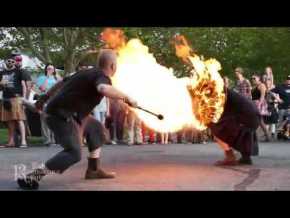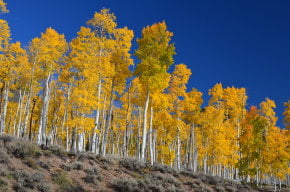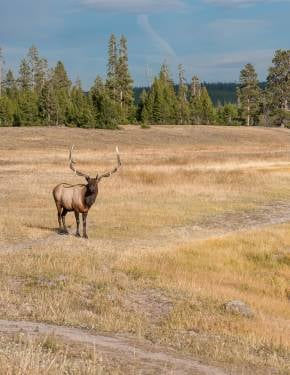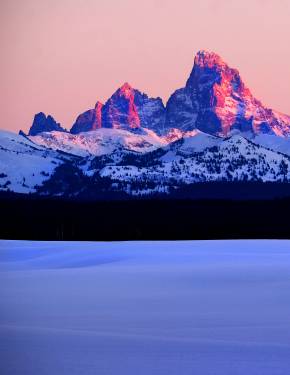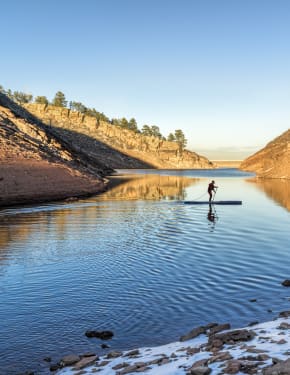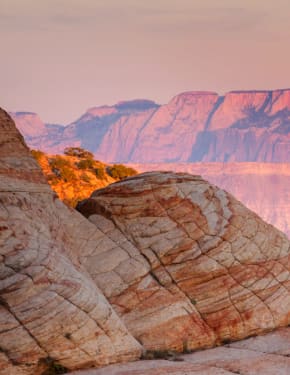Arches National Park in Utah 2026
Utah's landscape is charming and attracts tourists from all over to come and amaze themselves with everything they see. The Arches National Park is one of such stunning places
Best time: April–May | September–October
Arches National Park features over 2000 of natural stone arches, other rock formations, and cliff walls. Numerous walking trails lead you to all the famous and scenic spots. The park is located just outside the town of Moab. It is set much higher than the town and thus offers great views. The park is well organized for visitors and most of the popular sites can be reached easily during short hikes. If you want more fascinating scenery, you should choose longer walks.
Some of the best sites and hiking areas are Fiery Furnace, Park Avenue, Balanced Rock, the Windows, and Devil's Garden. Among arches, the Delicate Arch, Double Arch, Broken Arch, and Sandstone Arch are the most recognizable. Start your walking with an almost 5 km long trail to the Delicate Arch. It is probably the most famous place in the park. The view that opens from the top of the Delicate Arch is truly unforgettable. The best time to see the Arch is during the sunset.
Fiery Furnace is a labyrinth of sandstone fins and numerous red rock formations. This trail needs a special permit and features a ranger-led 3.2 km long tour.
The Devils Garden Trail is a 6.8 km rugged trek that takes you through the Tunnel Arch, Landscape Arch, Navajo Arch, Partition Arch, and Double O Arch. The Devil's Garden Primitive Loop is a 11.6 km trail, located at the far end of the park. Amazing rock scenery opens to you along the way.
The Windows section is also a quite popular hiking area. It features easy trails to the North and South Windows and Turret arch. Right in front of the Windows parking lot is a trail that leads to the Double Arch. You can already see it from the parking lot, but the close view is hard to compare with this.
It is one of the most difficult trails in the park that includes scrambles over slick rock and exposed ledges. If you are afraid of height, this is not a hike for you.
The National Park Service denotes that the prime time to visit the Arches runs from April to May and from mid-September to the end of October. Spring is an ideal time to visit the Arches. It is a time of pleasant temperatures, fewer mosquitoes, smaller crowds, and beautiful wildflower in bloom. Fall is also great, even though it's the rainiest season. The main advantage of the season is wildlife watching opportunities. Migrating birds as well as resident ones, bighorn sheep, coyotes, prairie dogs, mule deer, and foxes can all be easily spotted.
Despite the heat, in summer the park is filled with visitors. Hikers, bikers, and campers—all come to see the ancient red rock formations. Although there are trails that can be quite difficult and dangerous during the heat, especially those which are under the full sun all the time. Summer is the best season when you'd like to combine hiking with rafting on Colorado River.
Winter makes this place exceptionally charming. Snow appears often and creates some dramatic views. But during winter most of spectacular canyons and spires are closed and the temperatures are below freezing.


